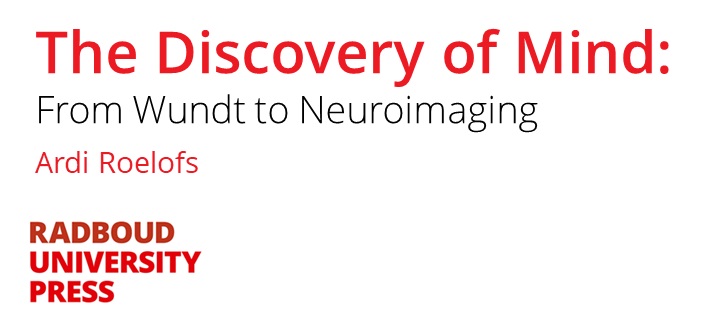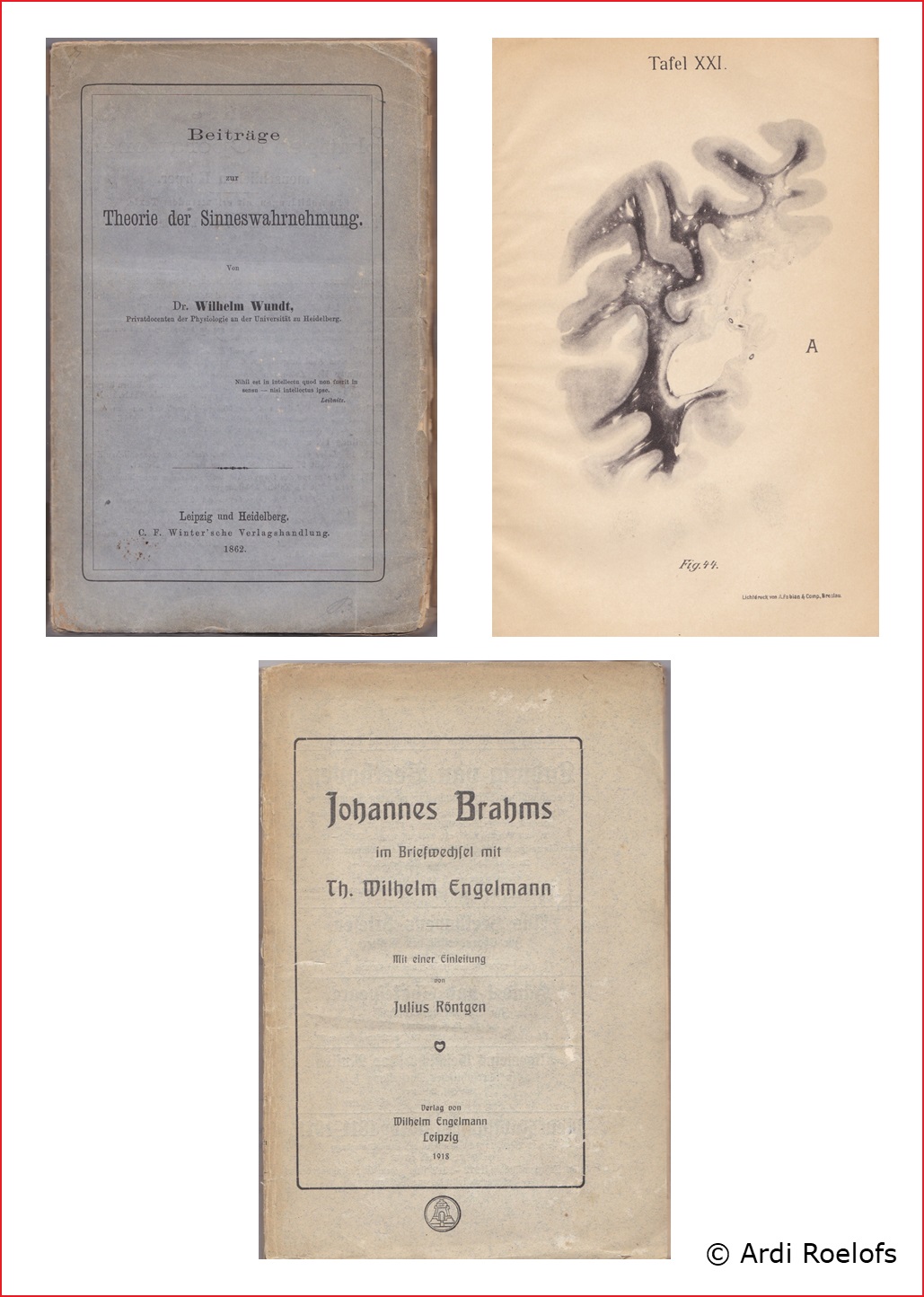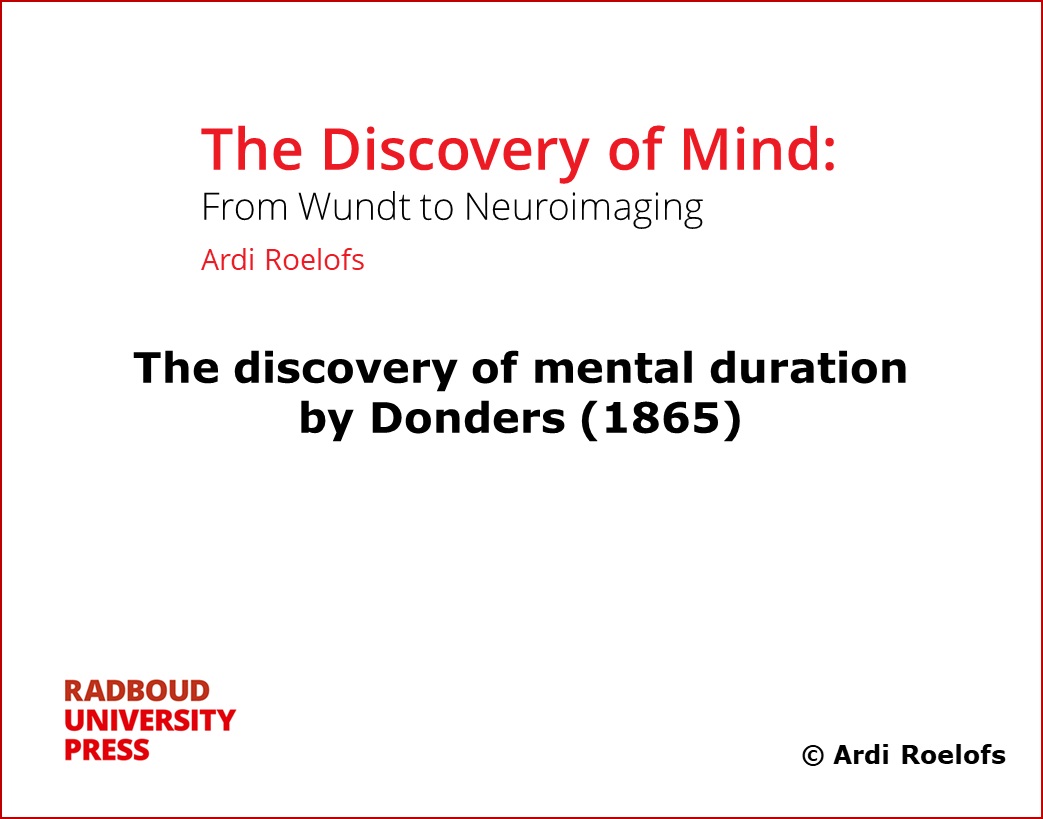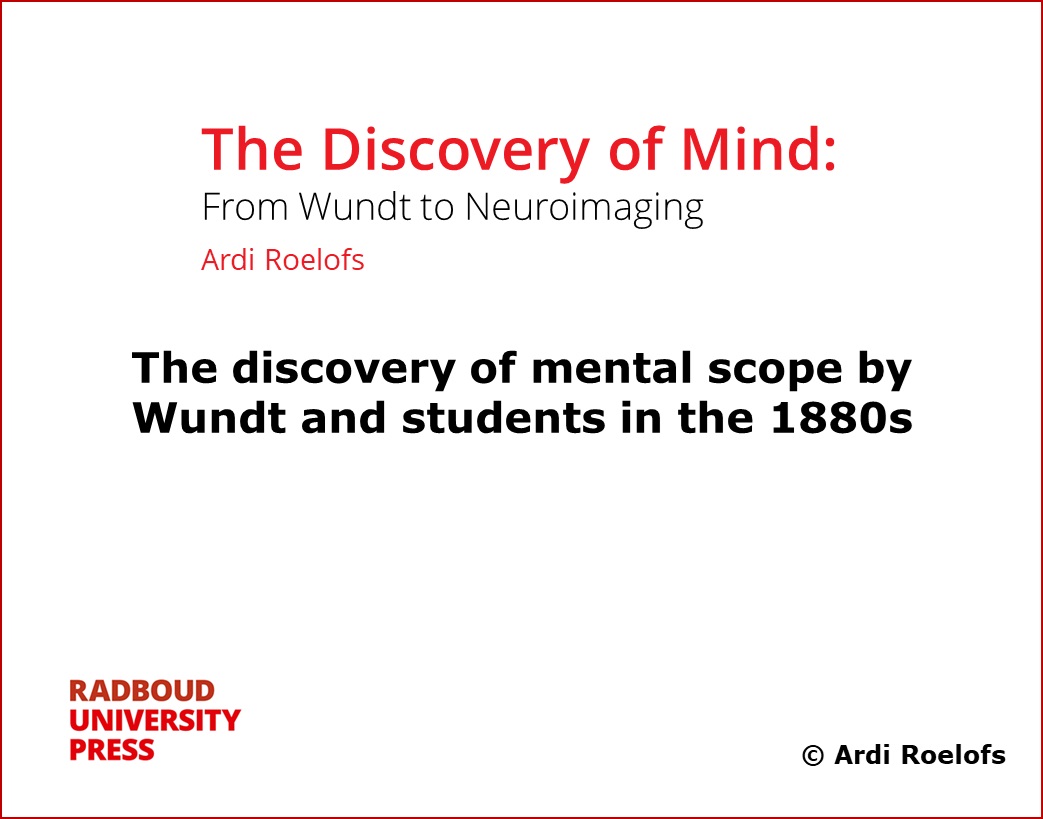|
|
|
This book presents a concise history of the scientific discovery of the mind. The vantage point is Wilhelm Wundt’s groundbreaking but forgotten 1874 monograph Grundzüge der physiologischen Psychologie. With a fresh look at history, the book describes the most important empirical and theoretical discoveries made over the past 200 years and where we are today in understanding the mind. Crucial evidence from past behavioral and patient studies to recent neuroimaging is synthesized to support a thought-provoking account of key aspects of the human mind.
Few things are as fascinating to people as their own minds. Knowledge about how the mind works and how it is supported by the brain is used in many areas of society, including schools, clinics, and businesses. It informs how we can best arrange our education, how we can overcome mental health problems, and how we can select the best person for a job. This book presents a concise history of the scientific discovery of the mind. In just about 200 pages, interested readers can learn about the most important scientific discoveries about the mind, and where we are today in understanding the mind. While people have speculated about the nature and functioning of their minds for thousands of years, it was only about 200 years ago that they replaced the philosophical armchair with the laboratory and began to investigate the mind scientifically. Surprisingly, the work of one of the founders of scientific psychology, Wilhelm Wundt (1832–1920), has been largely forgotten, despite its relevance to current psychology. This book discusses the most important empirical and theoretical discoveries made in the few decades before and in the 150 years after the publication of Wundt’s groundbreaking monograph Grundzüge der physiologischen Psychologie in 1874. Before the 19th century, investigators had explored and described the boundaries of the mind. They moved inland about 200 years ago, from different starting points, and their reports on what they discovered were largely in agreement. In this book, four expeditions and their discoveries are described in each of four chapters, followed by a fifth chapter with an integrated, thought-provoking account of key aspects of the human mind. The chapters explain what has been discovered about how the mind is organized, how it controls itself, what consciousness is, how intelligence arises, and how the mind can deteriorate due to harm such as stroke and neurodegeneration. In these areas, it is also explained what the main modern neuroimaging techniques have taught us about the mind so far.
Along the way, discover how a quotation in Latin from the philosopher Gottfried Leibniz on the cover of Wundt's Beiträge (1862) guided his scientific research program for the next half century (below, top left) and how Wundt's work is reflected in modern times in that of Nancy Kanwisher, Brenda Milner, Anne Treisman, Stanislas Dehaene, John Duncan, and several others; how Heinrich Lissauer's patient (anatomical photo by Ernst Hahn, 1895) supports an important distinction regarding the architecture of the human mind (below, top right); and how the composer Johannes Brahms was connected to several of the book's main characters (below, bottom). You can learn this and much more from this book. Some pictures that can be admired in the book have not seen the light of day for more than a century, some not even for 150 years.
The book launch was on Friday, October 18, 2024 from 4:30 PM to 6:30 PM in the colloquium room (01.620, with the Donders artwork) of the Maria Montessori building of Radboud University in Nijmegen. During the launch led by Wim Pouw, the author held a short book presentation in Dutch, preceded by music (the Akademische Festouvertüre by Brahms), and the book was presented to two people important to the writer, Herman Kolk and Pim Levelt. On behalf of Radboud University Press, Elisabeth Elbers and Wilke Fortuin were present with copies of the book, so that anyone who wanted could (for a small fee) purchase a hard copy and have it signed by the author. The photos below are of the presentation of the book to the author's two scientific mentors, Herman Kolk and Pim Levelt. Wundt is just two handshakes away (see page 7 of the book).
In the following animated gifs, six discoveries from different chapters are briefly explained (click on the images to activate).
Writing the book at the kitchen table (picture below, left) and some of the consulted historical sources (right).
|
|
|










